By Christopher Miskimon
The Battle of Okinawa raged not only on the island itself but in the skies overhead. Japanese aircraft attacked the invading Americans not only through conventional bombing attacks but also by using the dreaded Kamikaze—suicide pilots who turned their planes into guided missiles to inflict more damage. To counter this, American air defenses were made as robust as possible, with layers of fighter patrols, radar pickets and antiaircraft defenses.
On the morning of May 10, 1945, two U.S. Marine pilots, Captain Kenneth Reusser and First Lieutenant Robert Klingman were on a combat air patrol ten miles north of Kadena Airfield on Okinawa along with two other pilots, all flying Vought F4U Corsairs. Reusser spotted vapor trails above the patrol at 35,000 feet. Ascending to investigate, the other two pilots’ planes could not keep going, so Reusser and Klingman continued alone.
A Lone Nick in the Sky
Reaching 38,000 feet, the pair of American pilots intercepted a lone Kawasaki Ki-45, a twin engine fighter code-named the “Nick.” As they approached, the enemy plane turned away to the north and began to outrun them. To keep up, both Marines fired off half the ammunition from their .50-caliber guns to lighten the aircraft. The tactic worked; both Corsairs were now gaining on their prey. Reusser got into range first and quickly fired the rest of his ammo at the fleeing Nick. He hit the plane numerous times, causing damage to the right wing and making the right engine burst into flame.
Frozen Guns & A Split-Second Decision
With his guns now empty, Reusser made room for Klingman to finish the job. The lieutenant lined up for a killing shot only to discover his guns had frozen at the high altitude. With no other recourse than to give up, Klingman decided he would use his plane’s propeller to bring the Ki-45 down. Reusser began distracting the Nick’s crew by flying on its flank. Klingman closed in, the Japanese aircraft’s rear gunner firing bursts at the now-closing Corsair. Holding his course, Klingman came up behind the Nick and sliced into its rudder with his plane’s propeller, damaging it. It wasn’t quite enough so Klingman made two more passes at the Nick, slicing into its tail and completely severing the rudder and right stabilizer. The Ki-45 went out of control, rapidly lost altitude and crashed into the South Pacific Ocean off the Okinawa shoreline. Now Klingman had to get home with his damaged plane. Using his propeller as a weapon had badly damaged the Corsair, and the plane had bullet damage in the engine and wings from the Nick’s gunner. As his engine lost power, he turned back to Kadena Airfield and was able to make a “dead stick” landing (a landing without power going to the propeller from the engine) without further difficulty. An inspection of the plane found pieces of the Japanese plane’s tail wheel embedded in the American fighter’s engine cowling. The F4U Corsair was reportedly repaired and returned to service.
Navy Crosses
Both Reusser and Klingman were awarded the Navy Cross for their actions that day. Reusser went on to become one of the most decorated Marine aviators in history and retired a Colonel. He passed away in 2009. Klingman retired a Lieutenant Colonel and passed away in 2004. He is buried in Arlington National Cemetery.
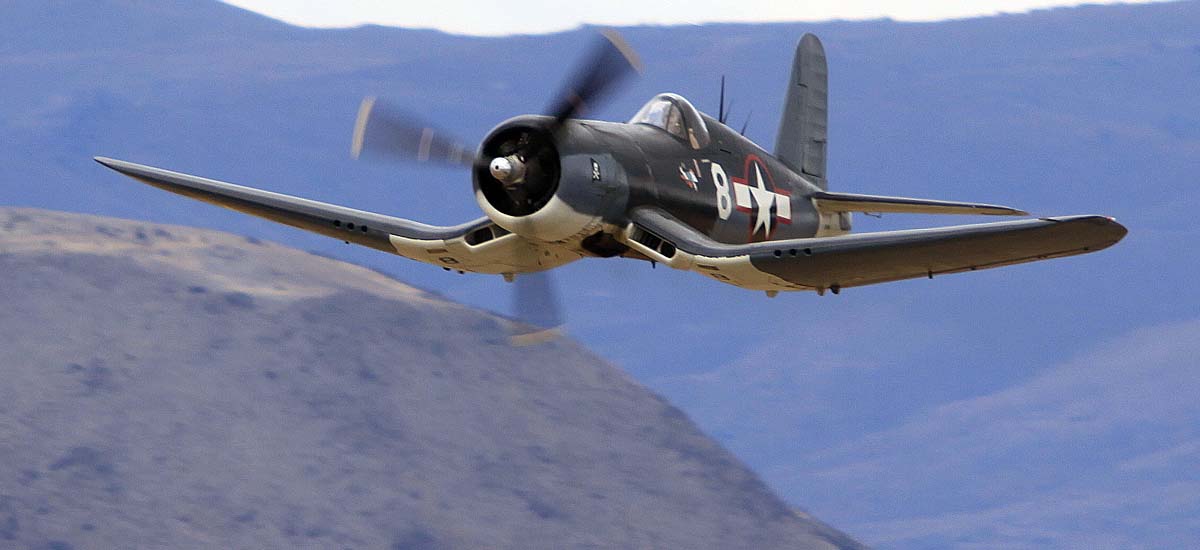
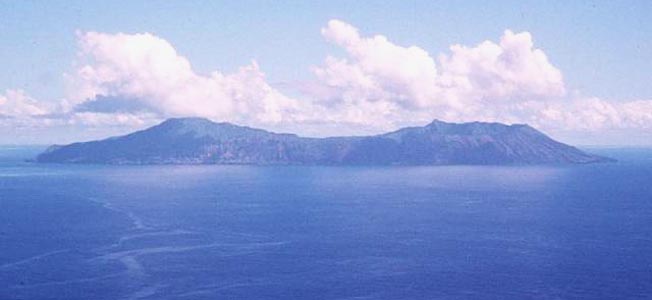
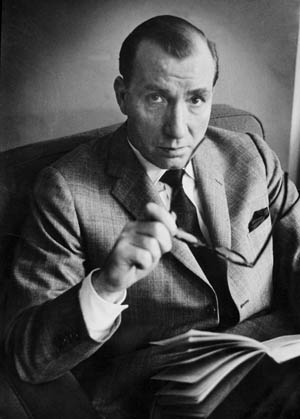
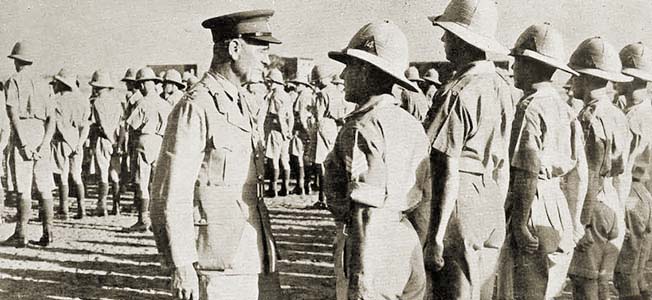
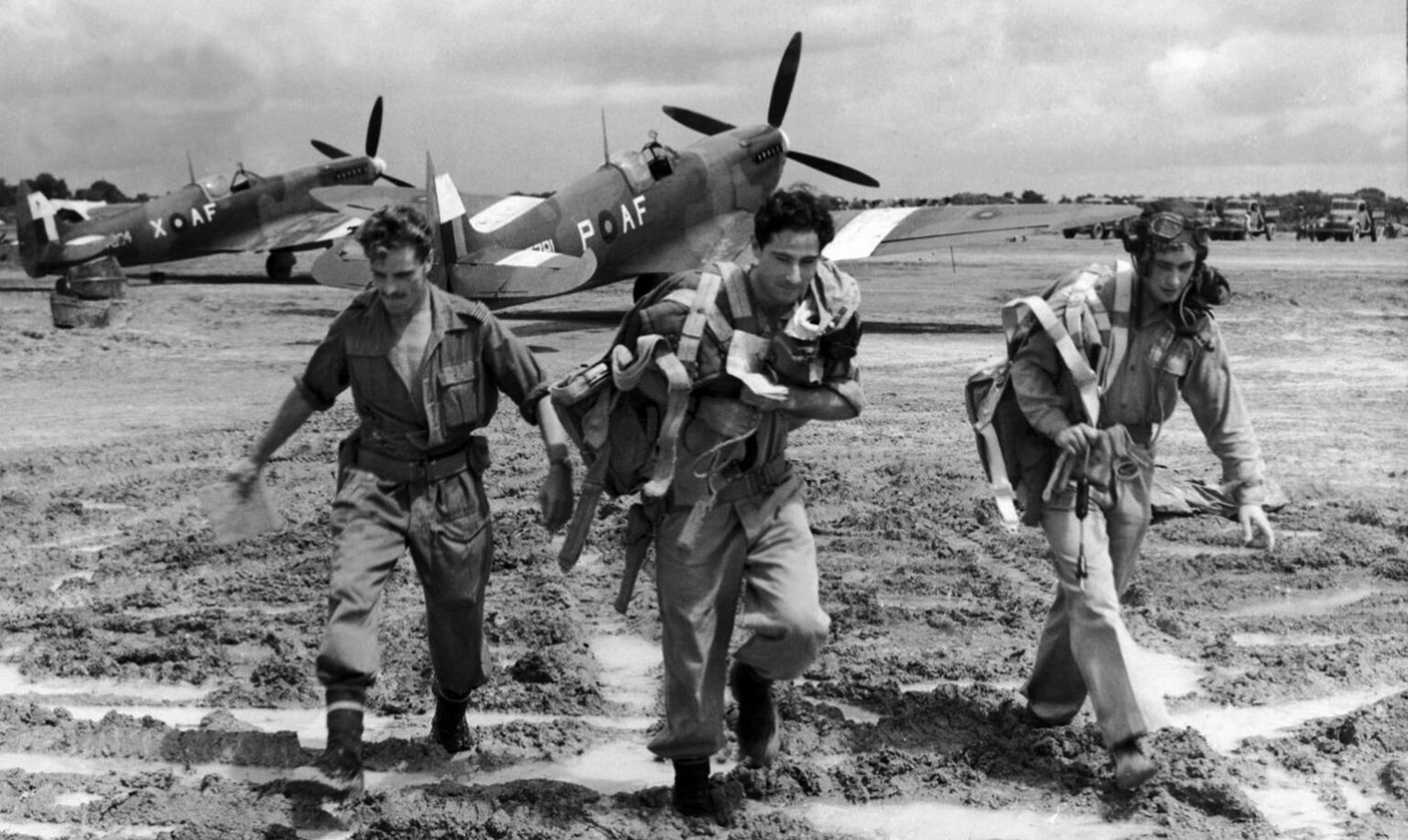
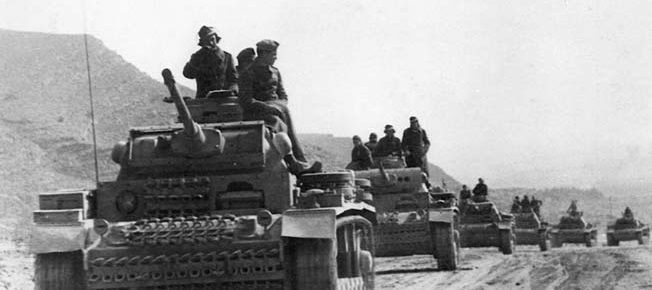
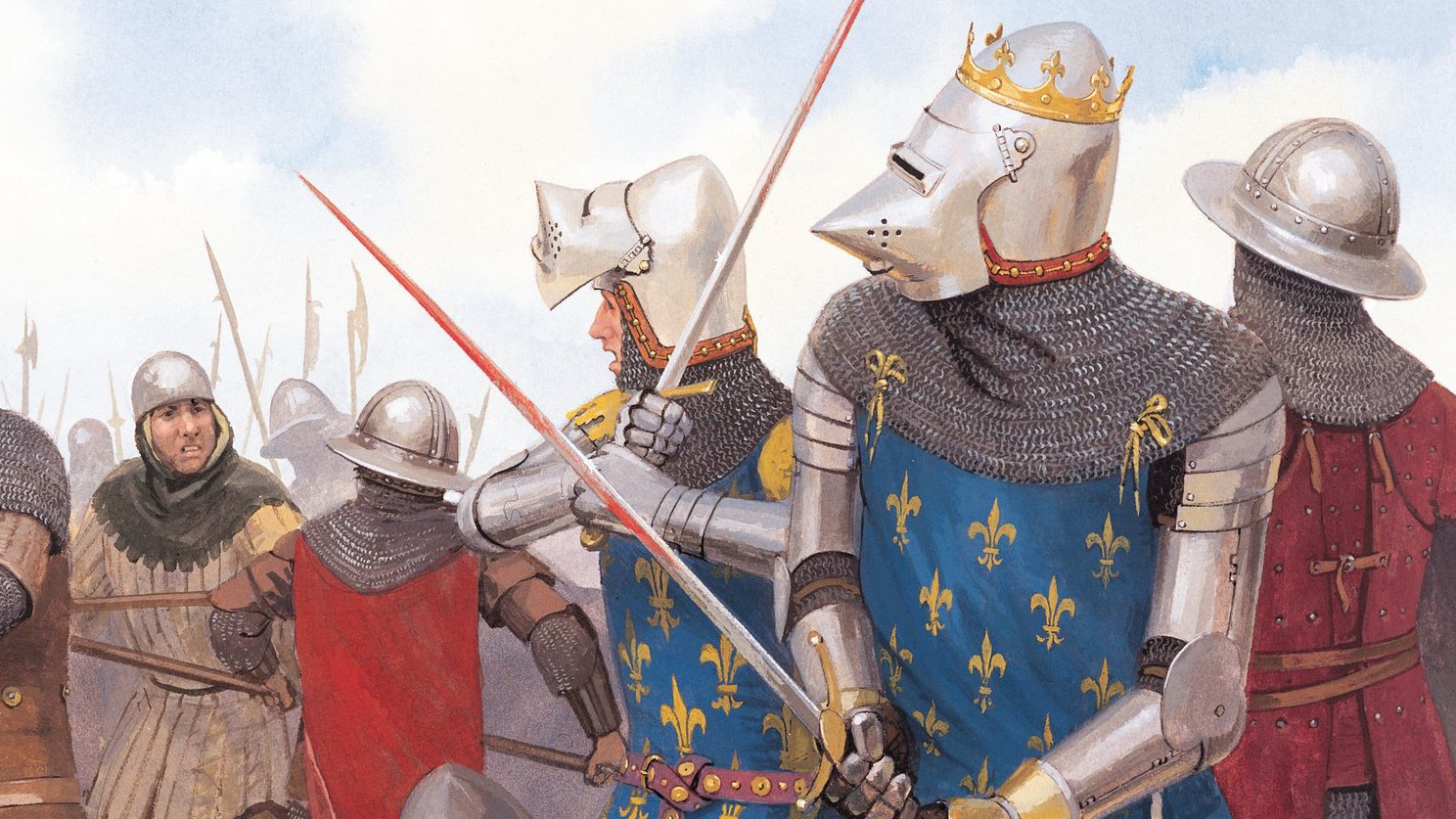
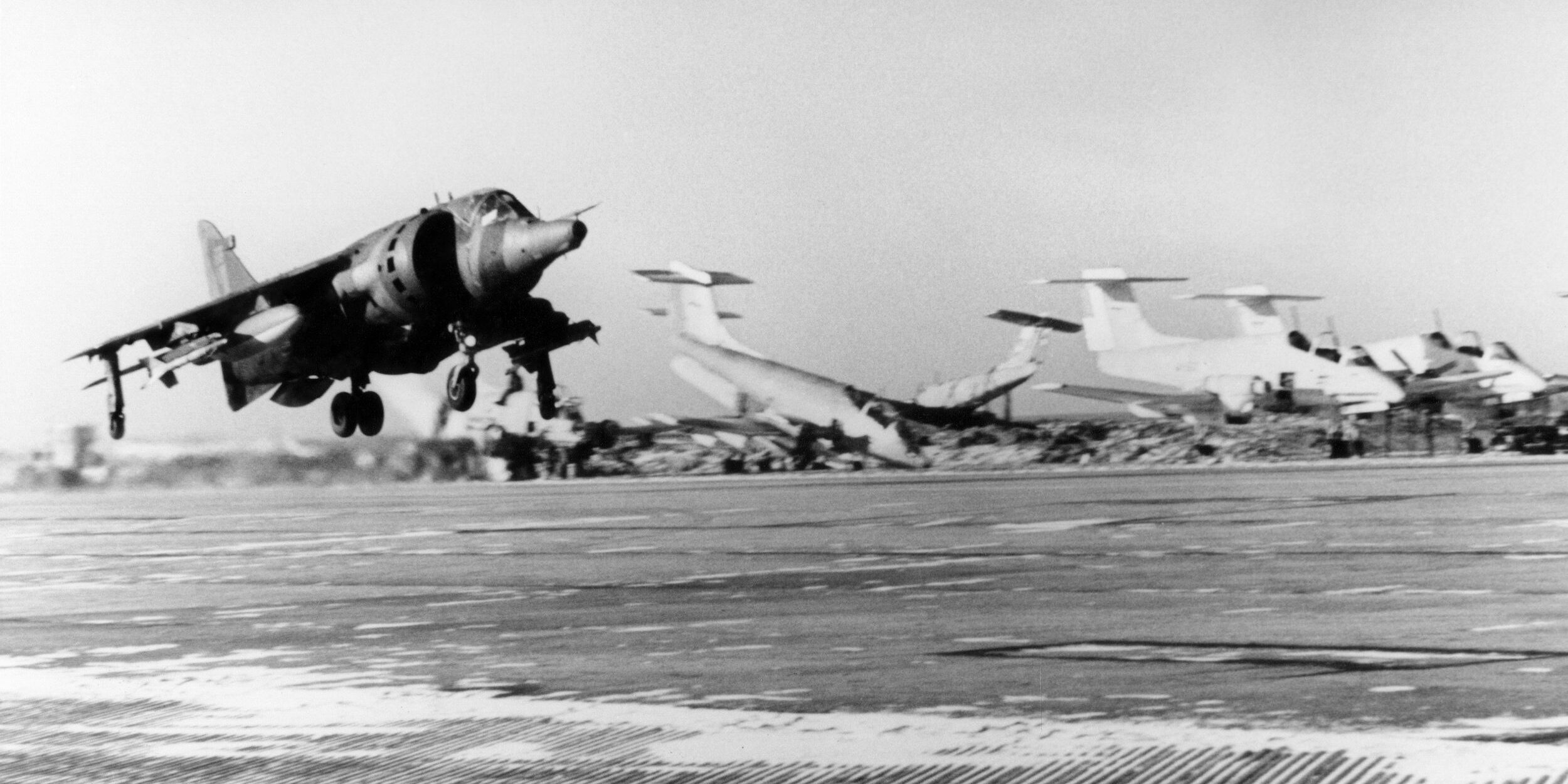
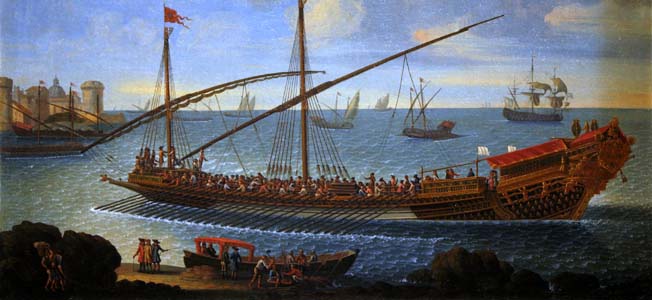
Join The Conversation
Comments
View All Comments